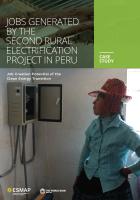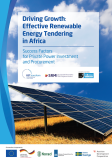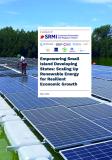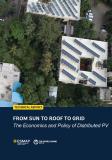Publications
The Second Rural Electrification Project in Peru created direct jobs in rural electrification and promoted productive uses of electricity. While it had a positive impact on income and job quality, gender diversity in the workforce was limited, and the net effect on employment due to electrification was mixed, with some jobs being created and others displaced. Peru implemented broad energy sector reforms in the 1990s that aimed to establish private investors as the principal actors in the power sector and limit the role of the public sector to regulation and supervision. Following the reforms, power shortages and distribution losses declined and electricity tariffs stabilized. This case study seeks to shed light on the employment outcomes associated with the World Bank’s investments in rural electrification in Peru as part of the Second Rural Electrification Project (RE2), which was approved in April 2011 and closed in August 2017.
Explore More
Case Studies
Energy Sector Management Assistance Program (ESMAP). 2024. Jobs Generated by the Second Rural Electrification Project in Peru: Job Creation Potential of the Clean Energy Transition - Case Study. © Washington, DC: World Bank. http://hdl.handle.net/10986/40952. License: CC BY 3.0 IGO.




